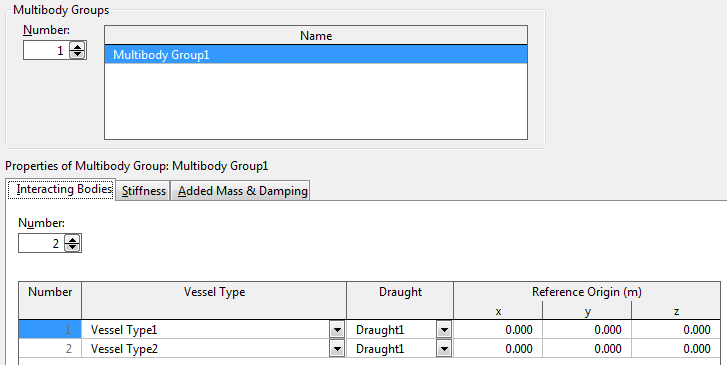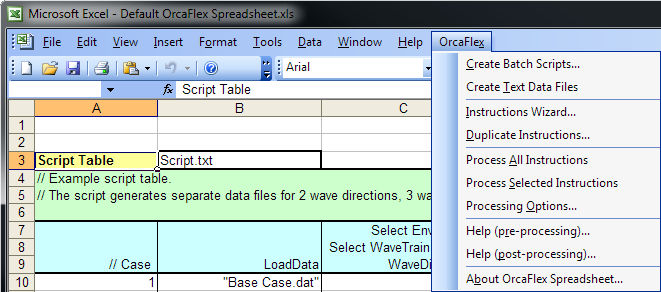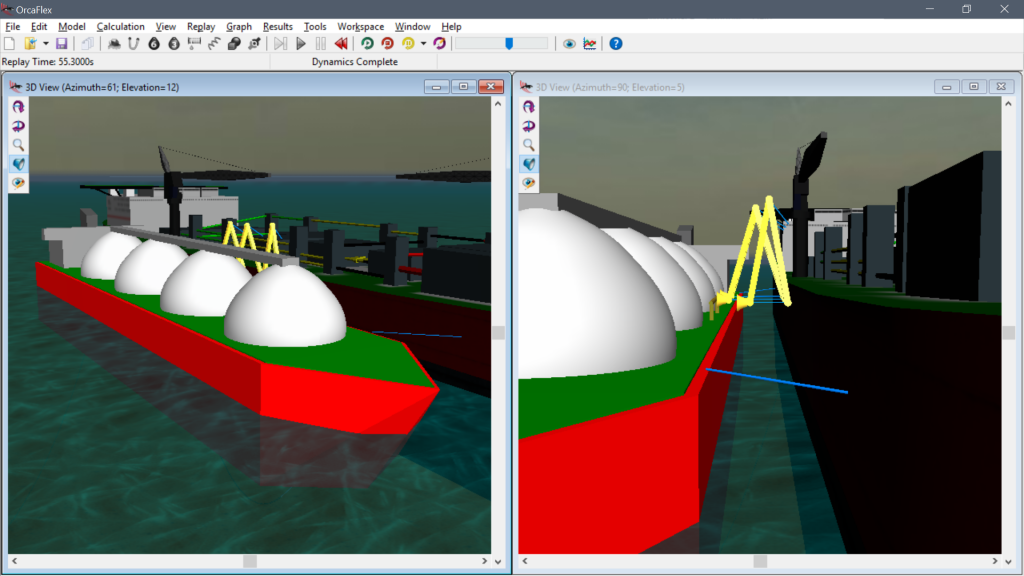

msh files has been added for wire frame drawing import, and shaded graphics model import. Python post calculation actions which use user defined results previously failed with an unexpected error.

Slam force coefficients were not being saved to text data files for line types of the equivalent line category. This has been observed when starting a batch run, but the issue could also occur when using the API to open multiple data files simultaneously.
ORCAFLEX BATCH POST PROCESSING CODE
The errors are thrown by the slug flow drawing code so a simple workaround is to disable slug flow drawing for each line that uses the slug flow contents method.Ī multithreading bug could lead to program crashes when opening multiple data files simultaneously. Invalid floating point operation errors could be shown when performing calculations for models with lines using the slug flow contents method and that also specify the frequency domain dynamics solution method. This will most significantly affect vessels for which the static equilibrium has a large yaw disparity relative to the reset heading. However, the vessel’s heading after the static equilibrium has been calculated is more appropriate. Previously the vessel’s heading in reset state was used to perform this calculation. When solving in the frequency domain at low frequency, the wave drift load process relies on interpolating the QTF data on wave direction relative to vessel heading. To trigger the bug, the constraint had to begin moving during simulation by use of the out-frame release stage data or release condition, and have only fixed degrees of freedom initially. Users could encounter an error with message “Attempt to read a variable that has not been logged” when requesting velocity or acceleration results for a shape object that was (directly or indirectly) held by a constraint. Opening the Morison element type data form could result in grid index out of range error messages for models containing a large number of Morison element types. 1 file refers to waves by period or by angular frequency. The import process will now attempt to determine whether the. This assumption could be false, and the imported data would then be associated with the wrong period or frequency. The WAMIT output file presenting multibody added mass and damping data for import was assumed to always refer to waves by period. The removal of this contribution from the manoeuvring load is done by the first term of the load component equations presented in the theory.

Part of the contribution to vessel inertia load from added mass was included in the simulation twice. Vessel manoeuvring load has been changed to exclude a contribution that was previously double-counted. OrcaFlex also has the unique capability in its class to be used as a library, allowing a host of automation possibilities and ready integration into 3 rd party software. The only catch is here is you must have at least one case with the links in order to obtain the XYZ coordinates.OrcaFlex is the world’s leading package for the dynamic analysis of offshore marine systems, renowned for its breadth of technical capability and user friendliness. If the layback increments aren't so huge, the XYZ values from previous layback should still work fine for new laybacks. For other laybacks, you may try increasing/decreasing the X coordinate of the anchored point on seabed. The model should now complete the statics within a second with this modified approach. Once you have done the above, you may remove the links from the model. Input the X, Y and Z values - from the results you obtained earlier - in the table under "User Specified Starting Shape." I believe you are currently using the Spline statics method? Now you may change the statics method (found in the Line Data) to User Specified. Once you achieve this profile, you pull out the X, Y and Z values (from Positions) under Results.

You may run a case where the cable sits perfectly on the chute with the Links taking no tension. Defining a spline alone is mostly unlikely to help in these situations.īut there is one thing which you could try. It's especially true when you have cases where you want to place the umbilical over shapes (like chutes). Well, Links are one of the crucial elements required to run the analysis. The option of automatic layback estimation comes under Calculation > Line Setup Wizard.


 0 kommentar(er)
0 kommentar(er)
